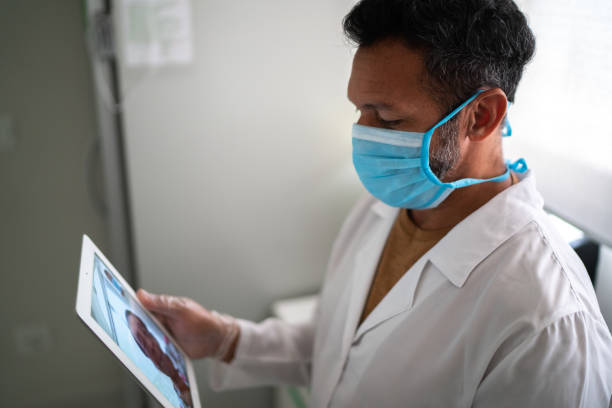Improving Patient Outcomes with Advanced Solutions: Monitoring
In the dynamic landscape of healthcare, patient monitoring solutions play a pivotal role in enhancing care delivery and improving patient outcomes. These advanced technologies enable real-time monitoring of vital signs and physiological parameters, empowering healthcare providers with actionable insights to optimize treatment strategies and ensure timely interventions.

Understanding the Significance of Real-time Monitoring
Real-time monitoring refers to the continuous tracking and analysis of patient data, allowing healthcare professionals to promptly detect deviations from baseline and respond accordingly. By providing instantaneous feedback on patients' health status, real-time monitoring facilitates early intervention, reduces the risk of adverse events, and enhances overall patient safety and satisfaction.
The Evolution of Patient Monitoring Solutions
1. Traditional Monitoring Devices
Historically, patient monitoring relied on standalone devices such as bedside monitors and manual documentation of vital signs. While effective, these conventional methods were limited in scope and efficiency, often requiring healthcare professionals to manually record and interpret data, leading to potential delays in response time.
2. Advanced Technology Integration
With rapid advancements in technology, patient monitoring solutions have evolved significantly, incorporating cutting-edge features such as wireless connectivity, remote monitoring capabilities, and predictive analytics. These integrated systems offer seamless data transmission and analysis, enabling healthcare providers to monitor patients in real-time, regardless of their location, and intervene proactively when necessary.
Key Features and Benefits of Real-time Monitoring Solutions
1. Continuous Monitoring
Real-time monitoring solutions enable continuous surveillance of patients' vital signs and physiological parameters, providing a comprehensive overview of their health status. This continuous monitoring ensures early detection of deterioration or changes in condition, allowing for timely interventions and improved clinical outcomes.
2. Remote Accessibility
The remote accessibility feature of modern patient monitoring solutions enables healthcare providers to monitor patients from afar, enhancing care coordination and facilitating timely interventions. With remote access to real-time data, clinicians can promptly assess patients' condition, adjust treatment plans, and provide guidance to onsite staff, ultimately improving patient outcomes and reducing healthcare costs.
3. Predictive Analytics
Incorporation of predictive analytics algorithms into patient monitoring systems allows for the early identification of potential health risks or deteriorations. By analyzing trends and patterns in patients' data, these algorithms can forecast adverse events, prompting proactive interventions to mitigate risks and prevent complications, thus improving patient safety and reducing hospital readmissions.
Future Directions and Implications
As technology continues to advance, the future of patient monitoring solutions holds immense potential for further innovation and improvement. Enhanced integration of artificial intelligence, sensor technology, and predictive modeling is expected to revolutionize real-time monitoring, enabling more precise risk stratification, personalized interventions, and ultimately, better patient outcomes.
In conclusion, real-time monitoring solutions represent a paradigm shift in healthcare delivery, empowering providers with timely insights and interventions to optimize patient care. From continuous surveillance to remote accessibility and predictive analytics, these advanced technologies are instrumental in improving clinical outcomes, enhancing patient safety, and driving efficiency in healthcare delivery. As we embrace the possibilities offered by real-time monitoring, we pave the way for a future where proactive, personalized care is the standard, ultimately benefiting patients and healthcare systems alike.



Comments
Post a Comment